Kranzler1-58562-132-3
Written with a therapeutic focus as a clinical guide for the use of pharmacotherapy in patients with substance use disorders, the Clinical Manual of Addiction Psychopharmacology offers
In-depth background discussion on each major class of drug and its treatment. Meticulously detailed reviews of the pharmacology of addictive drugs and the medications used to treat dependence on these addictive drugs. The latest work of 24 recognized experts from both the United States and abroad—all contributors to the empirical literature covered here. Nine chapters, highlighted by informative illustrations, covering all of the major classes of substances that are clinically important in relation to addiction: alcohol, opioids, sedative-hypnotics, cannabis, cocaine and psychostimulants, hallucinogens and phencyclidine, club drugs (gamma-hydroxybutyrate, ecstasy, and ketamine), inhalants, and tobacco. A discussion of psychosocial treatments combined with pharmacotherapy for alcohol, cocaine, and opioid use disorders. The goal of this approach is to optimize outcomes by understanding how patient characteristics, such as substance use disorder typology, severity, family history, and comorbid psychopathology, may interact with psychosocial and pharmacological treatment.
Each chapter covers three primary aspects of a major drug group: an overview of the clinical pharmacology of the abused substance, phenomenology or pharmacological treatment or both of the abstinence syndrome, and pharmacological treatment for relapse prevention.
For disorders in which no clear pharmacotherapy has proven effective (e.g., cocaine dependence), or for disorders in which no clear abstinence syndrome has been established (e.g., marijuana dependence), authors review the basic pharmacology of the drug and the phenomenology of withdrawal to enable clinicians to evaluate new clinical research in medications development for those disorders.
An essential guide for clinical and social work, the Clinical Manual of Addiction Psychopharmacology will find a wide audience among all prescribing clinicians, psychiatric educators and their students, and other mental health practitioners.
Table of contents :
Cover
……Page 1
Terms of Use
……Page 0
Title Page
……Page 4
Copyright Information
……Page 5
Contents……Page 6
Contributors……Page 14
Preface……Page 18
1 Alcohol……Page 20
Epidemiology of Drinking, Heavy Drinking, and Alcohol Use Disorders……Page 21
Pharmacokinetics of Alcohol……Page 24
Pharmacodynamics of Alcohol……Page 28
Pharmacotherapy of Heavy Drinking and Alcohol Use Disorders……Page 35
Treatment of Alcohol Withdrawal……Page 36
Medications to Reduce or Stop Drinking Behavior……Page 38
Conclusion……Page 58
References……Page 60
A Brief History……Page 74
Prevalence and Patterns of Opioid Use and Dependence……Page 75
Factors Influencing Course and Treatment Outcomes……Page 78
Medical Complications and Life Expectancy……Page 79
Pharmacology……Page 81
Opioid Receptors……Page 82
Mechanisms of Tolerance and Dependence……Page 83
Etiology of Opioid Dependence……Page 85
Withdrawal……Page 87
Opioid Detoxification……Page 90
Opioid Substitution Therapy……Page 94
Detoxification From Maintenance Treatment……Page 102
Opioid Antagonists……Page 103
Therapeutic Communities……Page 104
Outpatient Drug-Free Treatment and Psychotherapy……Page 105
Pregnancy and Opioids……Page 106
Psychiatric Disorders……Page 108
Conclusion……Page 112
References……Page 114
3 Sedative-Hypnotics……Page 130
Prevalence of Misuse, Abuse, and Dependence……Page 132
Prevalence in Special Populations……Page 136
Overview of Neuropharmacology……Page 139
Pharmacokinetics……Page 144
Etiologic Theories of Misuse, Abuse, and Dependence……Page 145
Clinical Signs and Symptoms of Intoxication and Abstinence Syndrome……Page 147
Protocols for Detoxification……Page 149
Predictors of Long-Term Discontinuation……Page 155
Summary of Benzodiazepine Dependence Issues……Page 156
Pharmacology……Page 157
Pharmacokinetics……Page 160
Toxicity……Page 161
Detoxification……Page 162
Glutethimide Dependence……Page 165
Conclusion……Page 166
References……Page 167
4 Cannabis……Page 182
Prevalence of Cannabis Dependence……Page 184
Research With Human Subjects……Page 185
Animal Studies……Page 186
Summary……Page 189
Pharmacological Aids in Cannabis Cessation……Page 190
Conclusion……Page 194
References……Page 195
5 Cocaine and Psychostimulants……Page 202
Chemistry and Pharmacology……Page 205
Neurochemical Actions Mediating Stimulant Reward……Page 206
Neurobiological Effects of Chronic Stimulant Abuse……Page 207
Behavioral Effects……Page 209
Treatment Guidelines for Stimulant Abuse……Page 211
Specific Pharmacological Treatments for Stimulant Abuse……Page 212
Pharmacotherapy for Primary Stimulant Dependence……Page 213
Pharmacotherapy and Psychiatric Comorbidity……Page 218
Conclusion……Page 219
References……Page 220
6 Hallucinogens and Phencyclidine……Page 230
Tryptamine-Related Hallucinogens (Indolealkylamines)……Page 231
History and Prevalence of Abuse……Page 232
Pharmacology……Page 235
Acute and Chronic Effects……Page 237
History and Prevalence of Abuse of Mescaline (Peyote)……Page 243
Pharmacology of Mescaline……Page 244
History, Prevalence of Abuse, and Pharmacology of Hallucinogenic Phenylalkylamine Derivatives……Page 245
History and Prevalence of Abuse……Page 250
Pharmacology of PCP and Ketamine……Page 251
Treatment of Intoxication……Page 252
Anticholinergic Plants and Synthetic Agents……Page 253
Clinical Findings in Anticholinergic Intoxication……Page 254
Treatment of Anticholinergic Intoxication……Page 255
References……Page 256
7 Club Drugs……Page 262
Epidemiology and Clinical Presentation……Page 263
Basic and Clinical Pharmacology……Page 265
Toxicology……Page 269
Treatment……Page 271
MDMA (Ecstasy)……Page 273
Epidemiology and Clinical Presentation……Page 274
Toxicology……Page 275
Treatment……Page 276
Basic and Clinical Pharmacology……Page 277
Treatment……Page 278
References……Page 279
Historical Aspects……Page 288
Epidemiology……Page 290
Nitrites……Page 291
Anesthetics……Page 292
Volatile Solvents……Page 293
Anesthetics……Page 294
Reinforcing Effects……Page 295
Effects on Motor Activity……Page 296
Tolerance……Page 297
Withdrawal……Page 298
Dopaminergic Effects……Page 299
Effects on Ligand-Gated Ion Channels……Page 301
Phenomenology and Variations in the Presentation of Inhalant Use Disorders……Page 304
Patterns of Inhalant Use in Humans……Page 306
Phenomenology of Inhalant-Induced Disorders……Page 308
Psychiatric History and Examination……Page 313
Physical Examination and Laboratory Findings……Page 314
Neuropsychological Testing……Page 315
Treatment……Page 316
Pharmacotherapy……Page 317
References……Page 322
9 Tobacco……Page 334
Phenomenology of Nicotine Addiction and Clinical Aspects of Withdrawal……Page 335
Nicotine Replacement Therapies……Page 336
Nonnicotine Pharmacotherapies……Page 340
Patients With Comorbid Psychiatric Disorders……Page 349
Pregnant Smokers……Page 351
Conclusion……Page 352
References……Page 353
10 Psychotherapy and Pharmacotherapy in Treatment of Substance Use Disorders……Page 358
Brief Interventions……Page 359
Motivational Enhancement Therapy……Page 361
Cognitive-Behavioral Therapies……Page 362
Behavioral Treatments……Page 365
Behavioral Couples Therapy……Page 366
12-Step Therapies……Page 368
Interactions of Psychotherapy and Pharmacological Treatments……Page 369
Conclusion……Page 374
References……Page 375
A……Page 384
B……Page 386
C……Page 387
D……Page 389
E……Page 390
G……Page 391
I……Page 392
L……Page 393
M……Page 394
N……Page 395
P……Page 397
R……Page 399
S……Page 400
T……Page 401
V……Page 402
Z……Page 403
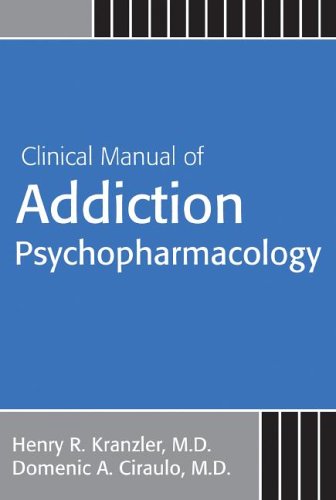
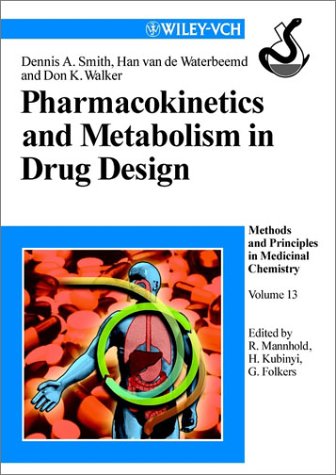

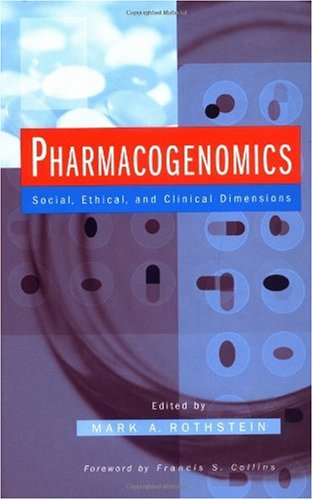
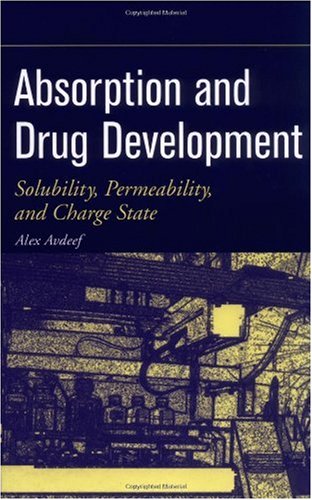
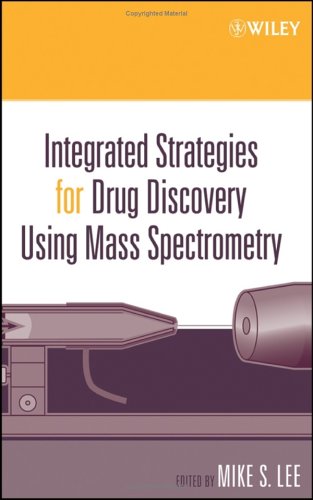
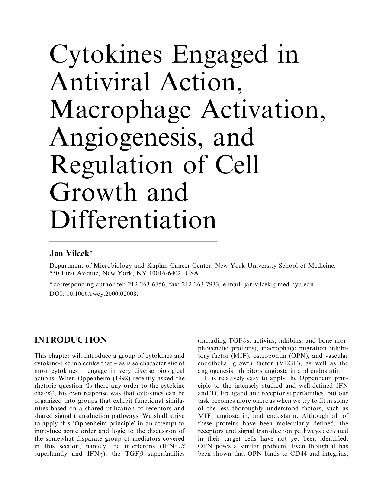
Reviews
There are no reviews yet.